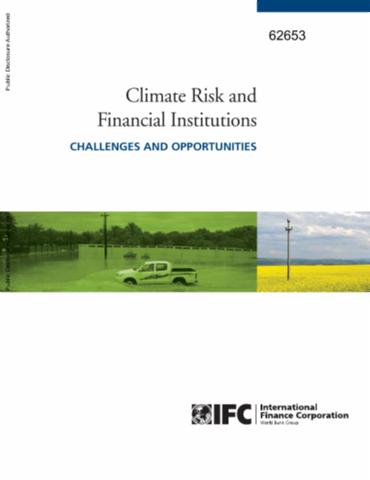Carbon Accumulation in the Bulk Soil and Different Soil Fractions During the Rehabilitation of Desertified Grassland in Horqin Sandy Land (Northern China)
Desertification, which affects more than two-thirds of the world's arid and semi-arid regions, is a significant global ecological and environmental problem. There is a strong link between desertification of the drylands and emission of COâ from soil and vegetation to the atmosphere. The Horqin Sandy Land is a severely desertified area in China's agro-pastoral ecotone due to its fragile ecology, combined with unsustainable land management.







